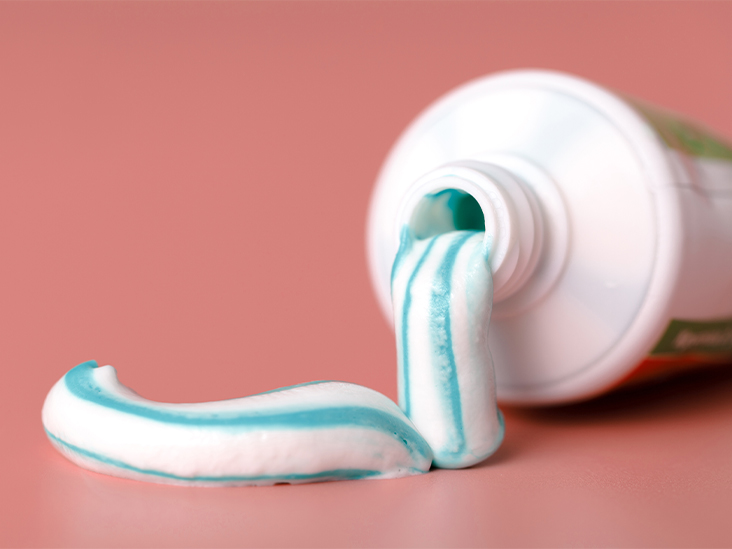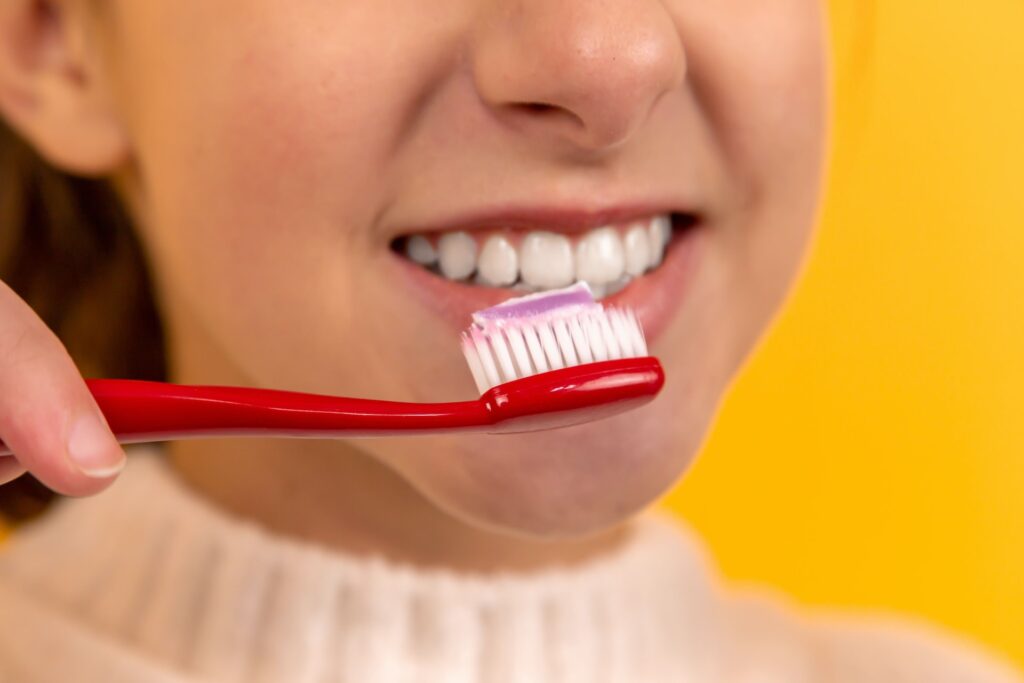People rely on toothpaste widely to achieve that clean and fresh oral health. Toothpaste consists of several chemicals such as humectants, flavors, preservatives, therapeutic agents and abrasives. All of them work together to clean the teeth effectively for everyone, from older adults to young children. It doesn’t matter if you have any ailments or allergies, as the ingredients are mostly allergen-free.
While the toothpaste doesn’t cause any harm, if you were to rush your teeth hard, then it could cause sensitivity due to the harshness of the toothbrush. Parents should especially oversee young children when brushing their teeth to prevent them from using the toothbrush wrongly.
Toothpaste is also known as a dentifrice (dens – tooth, fricare – to rub) in a few parts of the world.
There are several different ways to manufacture dentifrices, such as powders, pastes, and gels. With the assistance of toothpaste contract manufacture, more than millions of tubes of pastes and gels are sold annually due to their ease of use and travel-friendly packaging worldwide. Let’s look into its constituents-
Abrasives

Abrasives are chemicals that work on your teeth to remove any plaque. If the toothpaste doesn’t have the right amount of abrasives, then the toothpaste will not work efficiently. Alumina trihydrate, magnesium trisilicate, calcium carbonate, insoluble sodium metaphosphate, calcium pyrophosphate, calcium carbonate, dicalcium phosphate dihydrate, and, more recently, silica gels are some of the typical abrasives utilized. For these abrasives to be secure yet efficient stain removers, their hardness ranges from that of dentine to a value below that of enamel.
However, cervical tooth abrasion can happen, typically generating wedge-shaped cuts close to the gingival border. Serious instances may lead to pulpal pathosis and periapical lesions. However, variables other than toothpaste abrasives significantly influence cervical abrasions, such as using an inappropriate amount of pressure and a hard-bristled toothbrush when cleaning teeth.
Flavors, Detergents, Preservatives And Colourings

In order to aid the release of plaque buildup and emulsify or suspend the material that was removed from the tooth surface during cleaning, detergents diminish surface tension. Additionally, detergents support the foaming effect that customers find appealing in dentifrices. Sodium lauryl sulfate is a popular detergent used in toothpaste. Despite making only a small portion of a dentifrice, flavors are crucial for customer approval.
A toothpaste’s flavor is typically a combination of many flavors. The three main flavors, peppermint, spearmint, and wintergreen, have been altered with additional essential oils like anise, clove, caraway, pimento, eucalyptus, citrus, menthol, nutmeg, thyme, or cinnamon. For many microorganisms, toothpaste’s humectants and some binders can serve as food sources.
Agents That Treat

People can avoid dental caries by using fluoride-containing dentifrices. The majority of kinds of toothpaste include sodium monofluorophosphate (MFP), which typically has a fluoride content of 0.1% (1000 ppm) in 100 grams of toothpaste (equivalent to 0.1 g fluoride). According to a guideline made by the Standard for Uniform Scheduling of Drugs and Poisons No. 6, the fluoride content of toothpaste in Australia is restricted to a maximum of 1000 ppm (NHMRC, 1992). 5 mg of fluoride per kilogram of body weight is the recommended hazardous dosage of fluoride ion. 6 This translates to around half of a 90 g container of toothpaste for a youngster weighing 10 kg. As a result, young toddlers shouldn’t have unsupervised access to fluoride toothpaste.
Conclusion
Over the past 2000 years, dental hygiene products have changed and advanced. The advent of fluoride in the 1960s led to the creation of toothpaste with effective anti-caries properties, which was the most important advancement. When used correctly, most people find that their current toothpaste is safe and aids in preventing dental cavities, the development of dental plaque, and gingival irritation. Parents should constantly monitor young children when they use pastes that contain fluoride to limit fluoride consumption.

